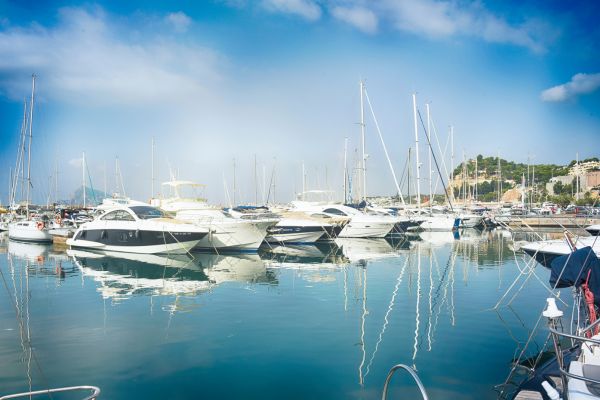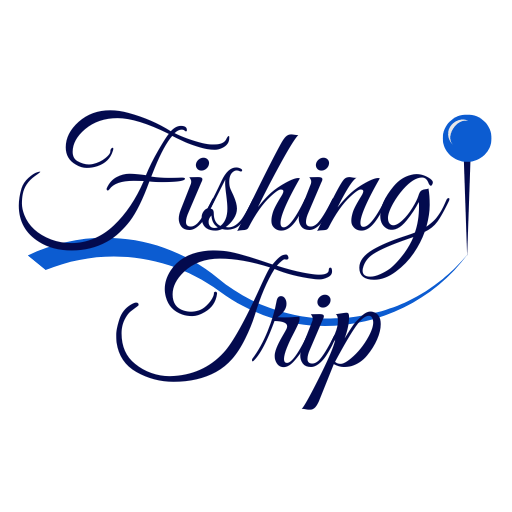Habitat and Distribution
Mackerel, belonging to the Scombridae family, are common in the temperate waters of the North Atlantic Ocean. These fish are primarily found along the coasts of Europe, ranging from the Mediterranean Sea up to Norway and Iceland. Mackerel often swim in large schools and migrate seasonally, moving closer to the coast during the warmer months to spawn and heading to deeper waters in winter.
Species Overview
Mackerel are pelagic fish known for their streamlined bodies and sharp teeth. They can grow up to 24 inches (60 cm) in length, though the average size is about 12 inches (30 cm). Mackerel have a bluish-green back with dark, wavy stripes and a silvery belly, which provides excellent camouflage in the water. These fast swimmers are well-adapted to life in open waters, using their sleek bodies and sharp teeth to catch prey.
Behavior and Feeding
Mackerel are a predatory fish specie that primarily feed on smaller fish like sardine and sprat, as well as shrimp and other baitfish. They often feed near the surface, forming large schools that hunt together, creating a spectacular sight. In the spring and summer, mackerel migrate to shallower coastal waters to spawn and take advantage of the abundant food supply.
Reproduction
Mackerel spawn in late spring and early summer when water temperatures are between 52 and 57 degrees Fahrenheit (11-14°C). Females can release tens of thousands of eggs at a time, which float in the open water until they hatch. Young mackerel initially stay in coastal waters until they are large enough to join the adult schools in open seas.
Fishing Techniques for Mackerel
Mackerel are popular both commercially and recreationally due to their strong fighting spirit and tasty flesh. They are often caught using light tackle and fresh baits or artificial lures like feathers and small metal spoons. Mackerel bite best during the summer months. They can be caught from shore, but fishing from a boat is also effective, especially near rocky coastlines or in areas with strong currents.
Fishing Tips:
Mackerel are more likely to bite in calm, warm weather. Ideal conditions include warm, humid summer days.
Location:
Chumming:
Gear and Setup:
Bait:
Boat fishing is one of the most popular methods for catching mackerel, especially from larger charter boats. This technique is highly effective as it allows anglers to access deeper waters where mackerel schools often reside. The most common setup involves using a feather rig, also known as a “paternoster rig,” which consists of multiple hooks decorated with feathers or shiny materials. Anglers drop the rig straight down into the water and jig it up and down to attract the fish.
Once a mackerel bites, it’s important to allow a few more seconds before reeling in, as these fish often swim in schools, leading to multiple hook-ups at once. To maximize efficiency, mark the line at the depth where the fish are biting to avoid unnecessary time spent searching for the correct depth.
For a more thrilling experience, anglers on smaller boats often switch to light spinning tackle or even fly rods after locating the mackerel. This allows for more sport and excitement, as mackerel are known for their strong, spirited fights when hooked on lighter gear.
Chumming is a technique used to attract mackerel by dispersing a trail of bait or ground-up fish parts in the water. This method is particularly effective in the open sea, where locating schools of mackerel can be challenging. Charter boats and guides often employ chumming to bring mackerel closer to the surface, where they can be easily caught with feather rigs, lures and single light weight leader with single hook.
To chum effectively, the bait is typically released at regular intervals, creating a scent trail that mackerel follow up-current to the boat. This method is particularly useful in areas like the North Atlantic, where mackerel can be spread out over large areas. Once the fish are drawn in, anglers can cast directly into the chummed area, increasing their chances of a successful catch.
Source: Wikipedia
If fishing from a boat or pier, use a landing net to scoop the mackerel out of the water. Ensure the net is large enough to handle the size of the fish.
If you’re fishing from a boat and the mackerel is close to the surface, lifting it directly out of the water might be possible.





